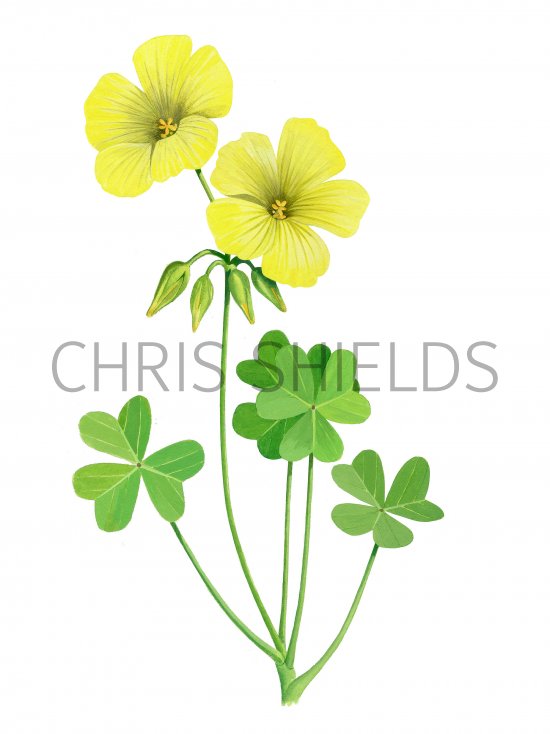

This plant is also known as African wood-sorrel, soursop, and sourgrass. Bermuda buttercup grows low to the ground and has leaves that look like shamrocks. Bermuda buttercup (Oxalis pes-caprae) is a plant species native to South Africa. * Please note: the comments by website users are not necessarily those held by PFAF and may give misleading or inaccurate information. Also known as: Buttercup Oxalis, Sourgrass, African wood-sorrel, Goat's-foot. If you think a comment/link or information contained on this page is inaccurate or misleading we would welcome your feedback at If you have questions about a plant please use the Forum on this website as we do not have the resources to answer questions ourselves. Only comments or links that are felt to be directly relevant to a plant will be included. If you have important information about this plant that may help other users please add a comment or link below. More comprehensive details, medicinal properties, uses, botanical data, plant description and photogallery of high resolutions photos of this plant can be seen on an interesting website about the wild plants of Malta: Link: Malta Wild Plants Website and photography by Stephen Mifsud, Malta. This plant is found in Malta/Mediterranean basin/Europe Moisture: D = dry M = Moist We = wet Wa = water.įor a list of references used on this page please go here
#BERMUDA BUTTERCUP UNUSUAL CHARACTERISTICS FULL#
Shade: F = full shade S = semi-shade N = no shade. pH: A = acid N = neutral B = basic (alkaline). Soil: L = light (sandy) M = medium H = heavy (clay). Yellow Wood Sorrel, Common yellow oxalis, Common Yellow Wood Sorrel, Oxalis IUCN Red List of Threatened Plants Status : Please note that a plant may be invasive in one area but may not in your area so it’s worth checking. If available other names are mentioned hereĬountries where the plant has been found are listed here if the information is available We have found that it is better to pot up the smaller divisions and grow them on in light shade in a cold frame until they are well established before planting them out in late spring or early summer. Larger divisions can be planted out direct into their permanent positions. Prick out the seedlings into individual pots when they are large enough to handle and plant them out in late spring or early summer. Seed - best sown as soon as ripe in a cold frame. Our new book to be released soon is Edible Shrubs. Book titles include Edible Plants, Edible Perennials, Edible Trees, and Woodland Gardening. Plants For A Future have a number of books available in paperback and digital form.


 0 kommentar(er)
0 kommentar(er)
